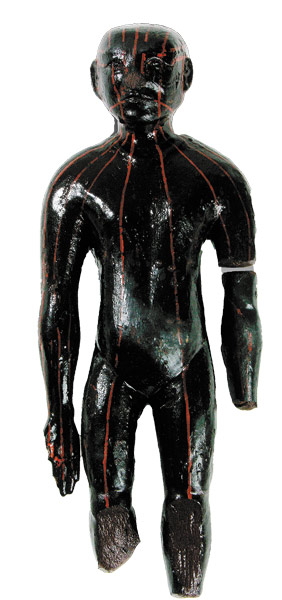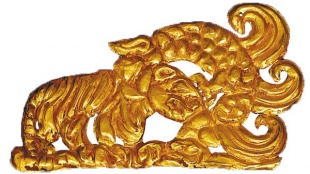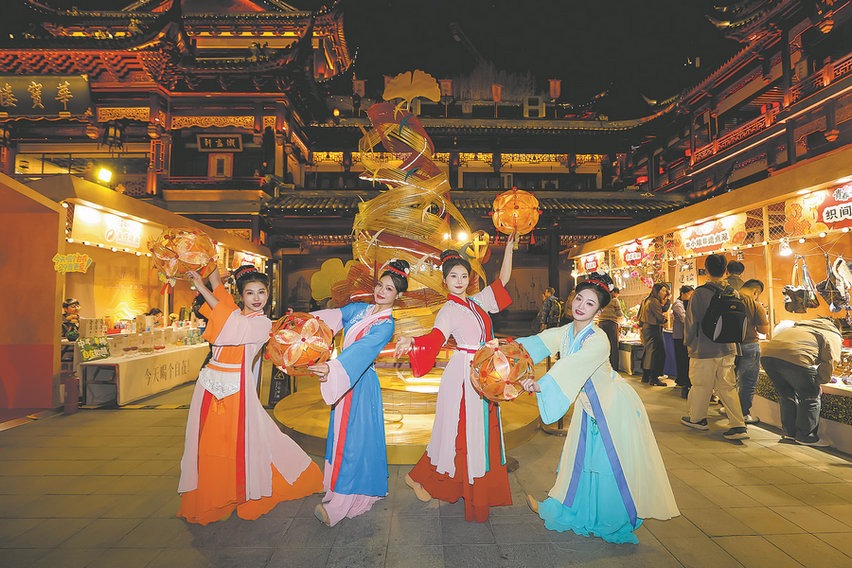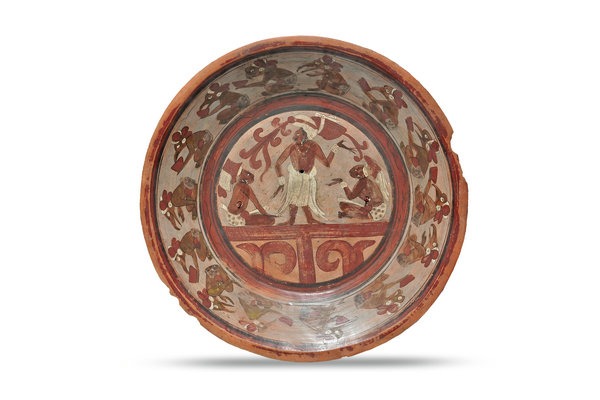A question of culture


The old trade route is also showcased through a fifth-century duck-shaped glass vessel, imported from the Roman Empire and unearthed in Northeast China's Liaoning province in 1965.
A Warring States Period (475-221 BC) gold ornament found in Gansu province depicting a griffin, a mythical Mesopotamian creature, swallowing a tiger, is another historical witness of the intercultural communication.
"When we talk about 'national treasures', we mean not only made-in-China cultural relics," Gao Menghe, an archaeology professor from Fudan University in Shanghai, comments on the show.
"They represent a process of Sino-Western cultural communication in ancient times, and a testimony for inclusiveness and openness of Chinese civilization."
Other than cultural relics, the show's audiences have cheered the 36 contestants, who went through rounds of selection from 800 applicants or so nationwide to qualify.
The youngest among the finalists is a student, aged 11, while the oldest is a 78-year-old retired teacher. Some contestants have links to cultural relics in their everyday life-as tour guides at museums or artisans reviving traditional armors, but many more are from other fields: a police officer, a company manager, a gardener and so on.
Chu Han, an elementary school student from Shaanxi province, is also a volunteer guide at a local museum introducing cultural relics in English to visitors.
Another contestant, Jin Can, a civil servant from Zhejiang province, says the program experience will help her to write a book on how she explores museums with her child.
"My son also applied to compete but he failed in the initial selection. His knowledge is still not rich enough," Jin says. "I want to perform well on the show and become his role model."
For contestant Hu Wen, a financial worker who once studied at Yale University, knowing Chinese cultural relics has a bigger meaning.
"I understood that I have to know my own culture and history well," he says about his time as a student in the United States.
"After I returned to China, I visited museums across the country and saw ancient architecture. I'm more willing to know the stories behind them today."
Contestants have also found ways to show their affection for traditional culture by wearing traditional garments and jewels they make by hand or dancing.
Chen, the program director, says Zhongguo Guobao Dahui is designed to increase young people's enthusiasm for cultural relics, in the format of a quiz.
He says the contestants' personalities also make the show meaningful.
"We can see the chemistry between 'national treasures' and modern people," Chen says. "It's a touching picture when they are emotionally linked.
"The treasures can be alive when traditional culture becomes part of our lives."
Zhongguo Guobao Dahui is not the first Chinese show to feature such relics. The Nation's Greatest Treasures, another popular show on CCTV that started in 2017, highlights collections of Chinese museums. Three seasons of the program have been released so far.




































